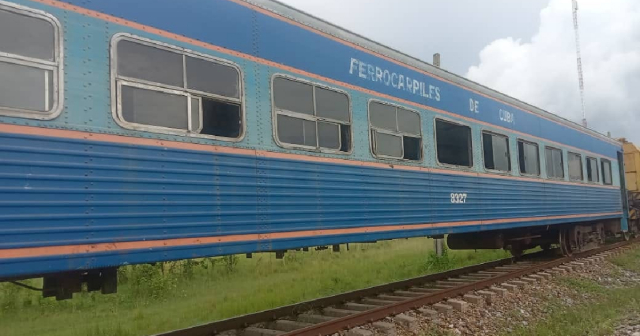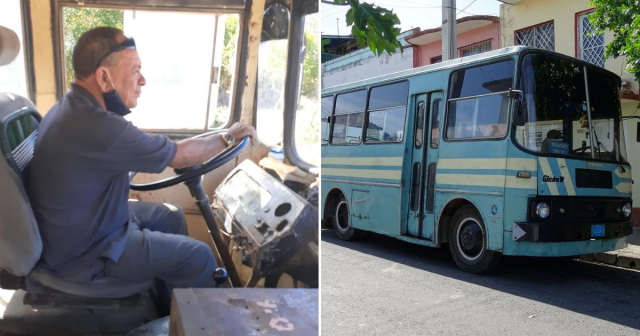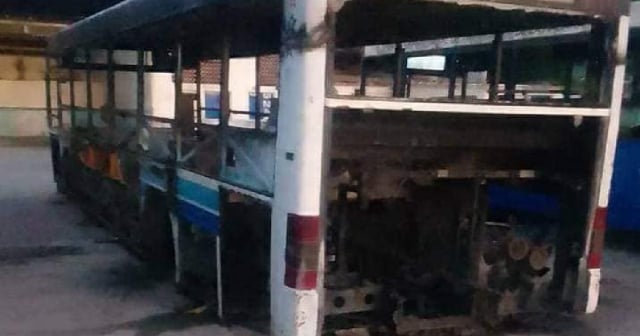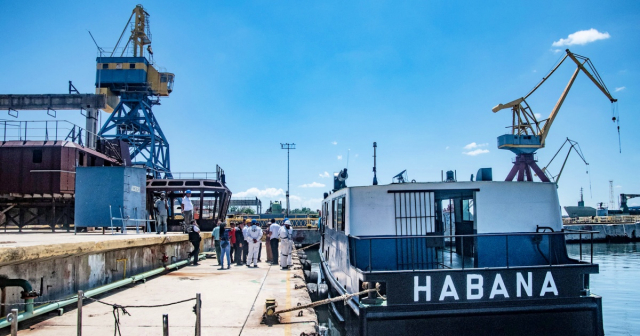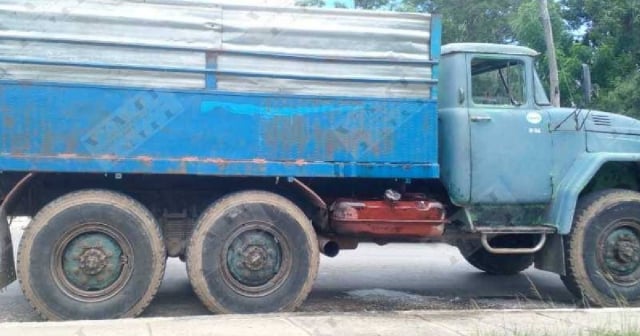The Community Services Department of the municipality of Sagua La Grande, in Villa Clara, purchased an electric tricycle that will serve as a hearse in that municipality.
"In keeping with the fuel-saving needs that the country demands, the Community Services Directorate of Sagua la Grande acquired a new hearse that operates on batteries," wrote René Muñoz, a journalist with Radio Sagua, on Facebook.
"The new hearse is an electric tricycle with all the necessary comfort to provide quality service," added the source, which shared several photos of the vehicle.

In the comments section of the publication, dozens of internet users questioned how the pro-government journalist could believe that the vehicle has "the comfort" he claims it does, and many wondered how they would manage to charge the vehicle, given the frequent power outages that afflict that area.
Others described the funeral tricycle as "disrespectful" or "shameful."
"Well, you have to make the most of the power hours and not be idle for no reason; lest the blackout catches you with low battery and work urgency." "It looks like a vehicle from World War II." "Oh no! Really? What a way to normalize misery!" "Let's see if three hours of power can manage to charge it." "I'm shocked by the 'comfort' of this 'vehicle.'" These were just a few comments.
"With another year of blackouts, they'll change it to pedals," joked another internet user.
"She says comfort for the dead, haha, my God. No, what’s missing is that the dead have to walk and wait for their relatives in the cemetery," another one stated.
In Ranchuelo these days, another similar tricycle was seen performing the same function, which generated comments of indignation among some neighbors of the deceased.
Funeral tricycles in Cuba
The idea is not new; a year ago - in October 2023 - another tricycle made the news, in that case in Santa Clara, also intended for the transport of deceased individuals to the cemetery.
Then, in January of this year, the body of a "Cuban revolution fighter" was brought to the cemetery in a tricycle, in this case in Sagua de Tánamo, Holguín.
A few months later, in May, a Cuban family residing in Bauta, Artemisa province, also had to transport their deceased on a tricycle to the cemetery.
The same happened with the deceased mother of a Cuban resident in Camagüey, who had to transport her body in a rickshaw.
In Santiago de Cuba, B8 trucks - normally used for transporting sugarcane - have even been seen being diverted for the transfer of coffins with deceased individuals.
In recent years, the transportation of the deceased has been affected by the fuel shortage and the deterioration of the vehicle fleet in Cuba, a situation that generates outrage among the citizens because not even dying with dignity is possible on the island.
The funeral homes' cars are mostly broken or out of service due to lack of tires and electrical components like batteries, after years without maintenance. There are many municipalities that do not have any of their own operational.
Often, families must wait for hours at the funeral homes for a vehicle to transport the deceased to the cemetery, only to eventually have to "improvise" and take them in another means of transport, whether in a jeep, a truck, or even in a horse-drawn cart.
In quite a few cases, it is the mourners who have to go through the unpleasant experience of having to load the coffin themselves and place it in the vehicle they have available.
Electric tricycles, similar to the so-called motorbikes, have been gaining ground on the streets of Cuba due to the public transportation crisis, and the government sells them in MLC stores.
What do you think?
COMMENTFiled under:

